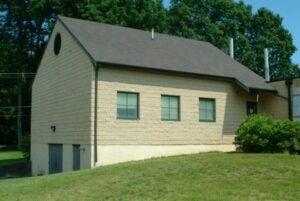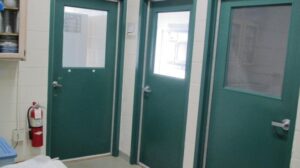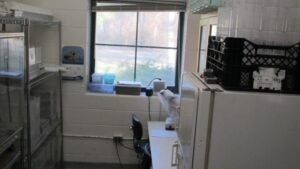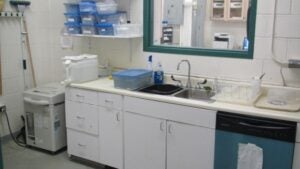Introduced species, often referred to as invasive species, are non-native organisms that are introduced to a new environment. Since the new environment for these introduced species often does not have the same predators that were in the native environment, their populations can increase unchecked by natural enemies. Introduced species out-compete native species for natural resources, thus taking over a native species niche.
Biocontrol, short for biological control, is the management of a pest, typically invasive species, by introducing a natural predator into the environment. Biocontrol reduces the pest population and their impacts on the environment. Biocontrol has many advantages. Natural enemies are an environmentally friendly alternative to pesticides that are often used to control invasive species. Biocontrol is long term and sustainable; the major cost for controlling an introduced species is the research involved in determining the safety and effectiveness of a biocontrol agent. Therefore, biocontrol can be cost effective in the long-term. The University of Rhode Island Insect Biological Control lab has many ongoing biocontrol projects targeted towards Rhode Island invasive species to help reduce a pests’ ecological and social impacts.
To learn more information on Managing Invasive Plants check out this link to U.S Fish and Wildlife Services
Facility
The facility consists of two parts: an outer office and an inner quarantine/rearing lab. The quarantine lab entrance is accessed from the main laboratory and opens into the vestibule. The vestibule has the provision of a double door entry. After entering the vestibule, the first door must be closed before the second is opened. The vestibule also has a blacklight trap operating at all times. The vestibule opens into the quarantine preparation room which contains a sink, a dishwasher, an autoclave, and lab coats. There are three rearing rooms that are accessible through the preparation room.




The URI quarantine lab has many specific building features and operating procedures which were designed to prevent insects from escaping the facility. All these features are described in detail in the Quarantine Facility’s Standard Operating Procedures Manual 2025.
